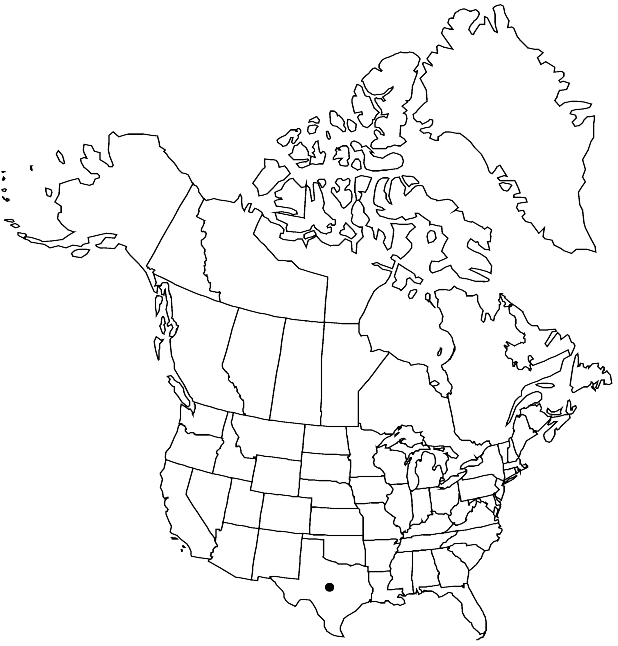Difference between revisions of "Selenia jonesii"
Rhodora 33: 142. 1931.
FNA>Volume Importer |
FNA>Volume Importer |
Revision as of 20:24, 24 September 2019
Plants winter annuals, (not or rarely subacaulescent). Stems (not inflated into crown), ascending or subdecumbent, (0.5–)1–3(–4) dm. Basal leaves rosulate; petiole 1–2.5 cm; blade margins 2-pinnatisect, 4–8 cm;lobes 4–11 on each side, (smaller than terminal); apical segment linear to oblong or ovate, 1–6 × 0.5–2.5 mm, margins entire. Cauline leaves (and bracts) similar to basal, smaller distally. Fruiting pedicels: some from basal leaf axils, (10–)20–40(–50) mm. Flowers: sepals spreading, oblong, 4–6(–7) × 1.5–2.5 mm, apex appendage developed, 0.5–0.8 mm; petals spatulate, 4–7 × 2.5–4 mm, apex rounded or emarginate; median filament pairs 3–4 mm, not dilated basally; anthers ovate, 1–1.5 mm; gynophore 1–3 mm. Fruits globose or, rarely, obovoid, terete, 0.8–1.5 cm × 8–14 mm, (not fleshy, papery), base usually obtuse, rarely cuneate, apex obtuse; valves obscurely reticulate-veined; replum not flattened; septum complete; ovules 8–14 per ovary; style 1–2(–3) mm, not flattened basally. Seeds 4–5 mm diam.; wing 1–1.5 mm. 2n = 24.
Phenology: Flowering Mar–Apr.
Habitat: Dry lake beds, draws, moist swales, prairie plateaus, playa lakes, buffalo wallows
Elevation: 0-1100 m
Discussion
Selenia jonesii is endemic to six counties in the western Edwards Plateau. Variety obovata is reduced herein to synonymy because the alleged difference in fruit shape does not hold; it appears to be an artifact of pressing inflated fruit.
Selected References
None.
